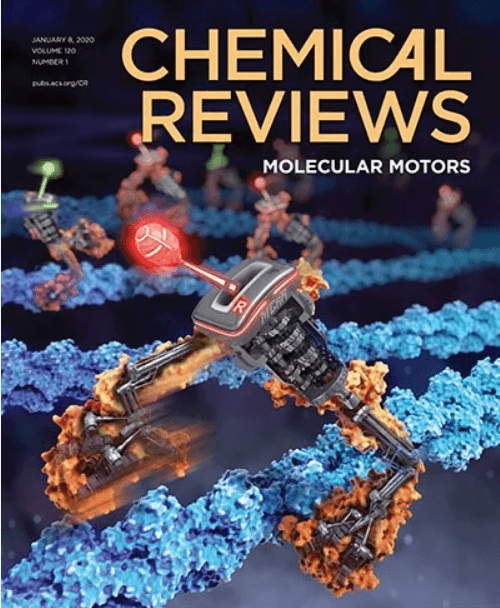Single-Cell Nanoencapsulation: Chemical Synthesis of Artificial Cell-in-Shell Spores
IF 51.4
1区 化学
Q1 CHEMISTRY, MULTIDISCIPLINARY
引用次数: 0
Abstract
Nature has evolved adaptive strategies to protect living cells and enhance their resilience against hostile environments, exemplified by bacterial and fungal spores. Inspired by cryptobiosis in nature, chemists have designed and synthesized artificial “cell-in-shell” structures, endowed with the protective and functional capabilities of nanoshells. The cell-in-shells hold the potential to overcome the inherent limitations of biologically naı̈ve cells, enabling the acquisition of exogenous phenotypic traits through the chemical process known as single-cell nanoencapsulation (SCNE). This review highlights recent advancements in the development of artificial spores, with sections organized based on the categorization of material types utilized in SCNE, specifically organic, hybrid, and inorganic types. Particular emphasis is placed on the cytoprotective and multifunctional roles of nanoshells, demonstrating potential applications of SCNEd cells across diverse fields, including synthetic biology, biochemistry, materials science, and biomedical engineering. Furthermore, the perspectives outlined in this review propose future research directions in SCNE, with the goal of achieving fine-tuned precision in chemical modulation at both intracellular and pericellular levels, paving the way for the design and construction of customized artificial spores tailored to meet specific functional needs.

单细胞纳米包封:人工壳内细胞孢子的化学合成
大自然已经进化出了适应性策略来保护活细胞,增强它们对恶劣环境的适应能力,例如细菌和真菌孢子。受到自然界隐生现象的启发,化学家们设计并合成了人工“壳中细胞”结构,赋予其纳米壳的保护和功能。壳内细胞具有克服生物学上的固有局限性的潜力,能够通过称为单细胞纳米胶囊化(SCNE)的化学过程获得外源表型性状。本综述重点介绍了人工孢子发育的最新进展,并根据SCNE中使用的材料类型进行了分类,特别是有机、杂交和无机类型。特别强调纳米壳的细胞保护和多功能作用,展示了SCNEd细胞在不同领域的潜在应用,包括合成生物学、生物化学、材料科学和生物医学工程。此外,本文概述的观点提出了未来SCNE的研究方向,目标是在细胞内和细胞周水平上实现精细的化学调节精度,为设计和构建定制的人工孢子铺平道路,以满足特定的功能需求。
本文章由计算机程序翻译,如有差异,请以英文原文为准。
求助全文
约1分钟内获得全文
求助全文
来源期刊

Chemical Reviews
化学-化学综合
CiteScore
106.00
自引率
1.10%
发文量
278
审稿时长
4.3 months
期刊介绍:
Chemical Reviews is a highly regarded and highest-ranked journal covering the general topic of chemistry. Its mission is to provide comprehensive, authoritative, critical, and readable reviews of important recent research in organic, inorganic, physical, analytical, theoretical, and biological chemistry.
Since 1985, Chemical Reviews has also published periodic thematic issues that focus on a single theme or direction of emerging research.
 求助内容:
求助内容: 应助结果提醒方式:
应助结果提醒方式:


